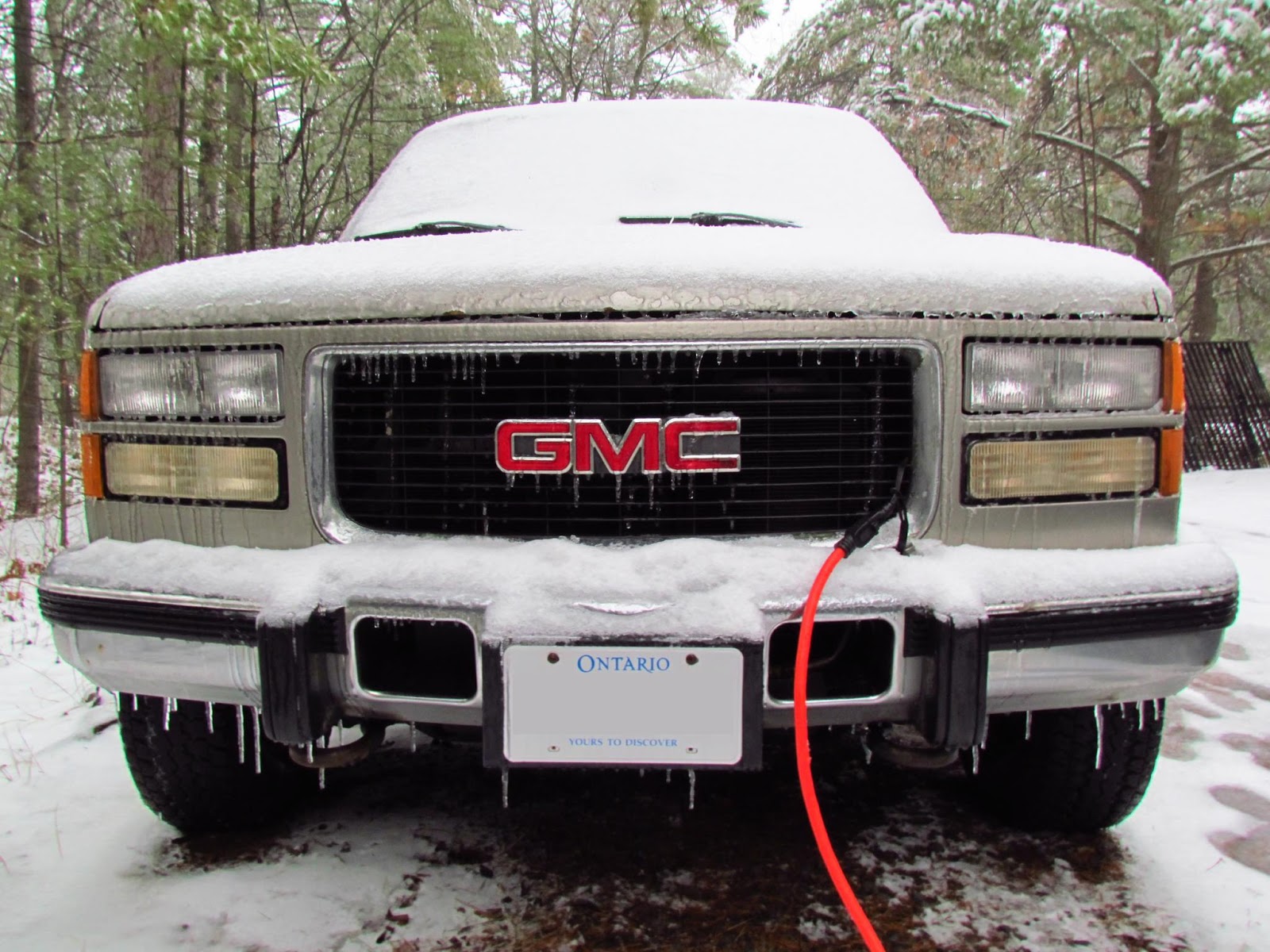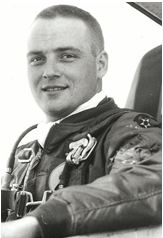 |
1st Lt. Gaylord Treu, USAF
(date unknown) |
I thought I'd written a post about USAF Pilot 1st Lt. Gaylord Treu previously, but it seems I only mentioned him in passing.
1959
Years, or eras, are characterized (in my mind anyway) around
events. Off the top of my head, 1959 isn't closely tied to anything I
know of - so I had to look it up. War-wise, I know it was after Korea,
and arguably before Vietnam. The Cuban revolution was in full swing.
Buddy Holly, Ritchie Valens, and The Big Bopper died in a plane crash.
The Avro Arrow was cancelled paving the way for the BOMARC. Dwight
Eisenhower was the US president and the USSR Premier was Nikita
Khrushchev. The St. Lawrence Seaway was opened. Alaska and Hawaii
became States. The first Xerox photocopier was sold to the public. MGM
released Ben-Hur (it was a big deal at the time, winning 11 Academy
Awards!) Pantyhose were introduced.
I was born in the 1970s,
and it's hard for me to imagine a world without the St Lawrence Seaway,
pantyhose, or the photocopier...
In 1959 The Cold War "war machine" was
in high gear, the USAF fighter pilots were getting newly designed
fighter jets every few years, and training was at an increased tempo.
The Pinetree Line of radar stations stretching across Canada from coast
to coast to coast was fully operational; some of the facilities were
being run by the RCAF, while others were manned by the USAF. I think
the reach of those radar stations was limited to a few hundred
kilometers, and there was little in the way of "computers" as we know
them now.
While researching RCAF Station Pagwa I discovered it had previously been USAF Pagwa Air Station (Pagwa AS) as it had been built and run by the Americans originally. Around the same time I also noticed that there had been a "Dull Sword" incident in 1959 near Pagwa, which caught my eye. A "Dull Sword" is one of the least severe "Special Weapons" (aka Nuclear Weapons) incidents, not necessarily involving nuclear weapons at all, but it could be an incident which impairs a nuclear weapons delivery system (like, a B-47 nuclear-capable bomber).
Looking for more information on that incident, I came across a 1st hand recount of the rescue operation to find the downed pilots, a result of a mid-air collision while flying exercises, on another blog.
http://www.clarenceworly.com/2011/03/21/the-story-of-an-american-hero/
That sparked my interest even more. Of the pilots and crew who crashed that day, everyone was recovered except for the pilot of the F-102, Lt. Gaylord Treu. No news articles mentioned ever finding the downed USAF pilot, ever, since 1959. Was he ever found? Did it just miss the news? Could be - that was a long time ago. So, I Googled some more... I found pictures of the missing pilot and his peers, I even I found a picture of his grave, and the announcement of the funeral in the local paper from that time - but nowhere did I find mention of his remains being returned to the United States. Isn't that weird?
In December of 1959 1st Lieutenant Gaylord B Treu took off from
Kincheloe AFB, and hasn't been back on American soil since. This rubbed
me the wrong way, and I was looking for a sign that he was listed,
somewhere, as MIA. I looked on the list of "Cold War" MIAs, but didn't
find him. I expanded my search to all US military men who were missing,
still nothing. It was from that, that I contacted the JPAC, and asked
them. Initially rebuffed, I persisted, and they looked into it. I'm
not entirely sure if Lt Treu was on "a list" somewhere at all, but they
did find records to corroborate what I was telling them. I asked why he
wasn't on the Cold War "list", as he was clearly preparing for a war (that never came) when he died. This is the part that surprised me; he
didn't die during a combat operation, therefore he isn't considered a
casualty of the "Cold War". Wow, that is cold indeed. Considering he
wouldn't have been flying over Northern Ontario intercepting simulated
Soviet bombers if there wasn't a Cold War going on, and he died while
training for that war, I think it's a little insulting that he isn't
listed as MIA "during" the Cold War. Oh well, I'm sure I'm not the
first one to question the wisdom of the federal bean counters.
In order to get more information from the resources in the USAF and DOD I need to fill out a Freedom of Information Act request - and I don't know exactly how (as a foreign national) that will go. I'll try in the new year. At the same time I was trying to contact the
JPAC, I was trying to reach out to Lt Treu's surviving relatives - and with the help of his extended family, astonishingly (to me) found his son (who was very young when he died), and most recently great niece! That also means that if any remains are found that have any DNA, identification of the remains might be possible.
I haven't yet seen the accident report for the incident, so I'm not sure how it was originally classified (Secret, Top Secret, etc..) but it was deemed to be a "Dull Sword"; I would *guess* that any nuclear-related incident would automatically get a higher than normal classification. I don't know what the classification of a military crash accident report would be anyway. My point is, perhaps because the incident was a "Dull Sword", maybe Lt Treu's status was filed away in a seperate list of MIA individuals. Also, maybe I'm just seeing things and the right answer is the most obvious - maybe they don't have great records that date back to 1959? I'd hope that's not the case. Anyhow, I hope the dust has been blown off his file.
I hope once I find a copy of the accident report I'll have a better idea of where the crash occured, what direction the debris fell, and over how much area was it spread. The exact quote from John Clearwater's book is
"LOCATION: 130 km north of Calstock, Ontario, or, 65 km northeast of Pagwa, Ontario 50.30N 84.18W"
In case you look that up, 130Km North of Calstock doesn't really intersect with 65Km NE of Pagwa. I've put the points on the map below to try and show the area in which it seems his F-102 and the B-47 crashed. One of the problems is, of course, when they collided they were moving at considerable speed, at considerable height. Wreckage was strewn far and wide. Generally, I would think the wreckage would have fallen in a cone or triangle pattern from the point of impact. Unfortunately, I don't know where they impacted, what direction they were going, their height, speed, or anything.
View Location of Lt Treu's F-102A? in a larger map
If you use the closest three pushpins and searched between them (which there is no info proving the plane's wreckage is in the middle and not over the edge of any of those lines, you'd be searching 77,000 acres, or 312.5 Sq.Km. It's a lot more space than it looks on the map.
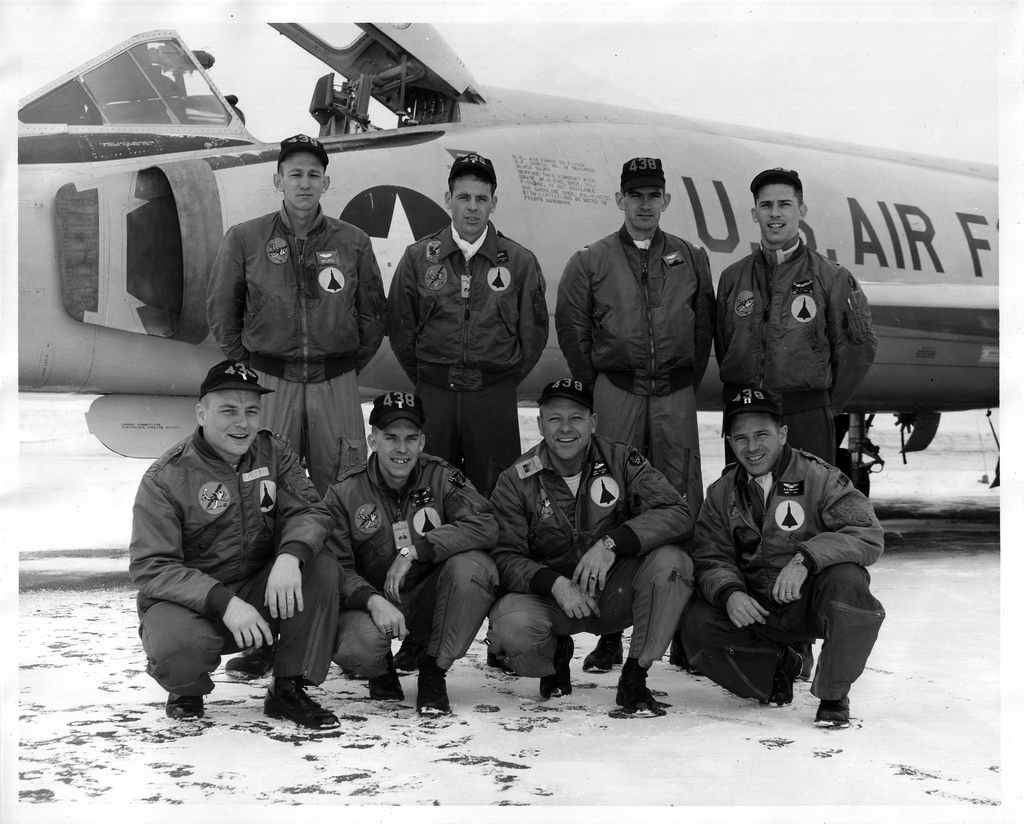 |
Gaylord Treu's Squadron at Kincheloe AFB posing in front of an F-102 Delta Dagger
Back row: Capt. Joe Minnex, 1/LT John Conoway.
Front row: 1/Lt. Gaylord Treu, Capt. Rusty Klein, Capt. Dick Erickson. |
I know that new ground penetrating imaging is being used (successfully) to find Unexploded Ordinance (UXO), so I wonder if new technology that was certainly not available in 1959 could find any more of Lt. Treu and his aircraft. The size of the piece of land I've illustrated above is huge, and truly a needle in a haystack. My hope is to narrow down where the crash happened. His helmet was never found, and parts of the plane were never found. My hope, best case scenario, is that his remains might someday be found, and returned to his native land.
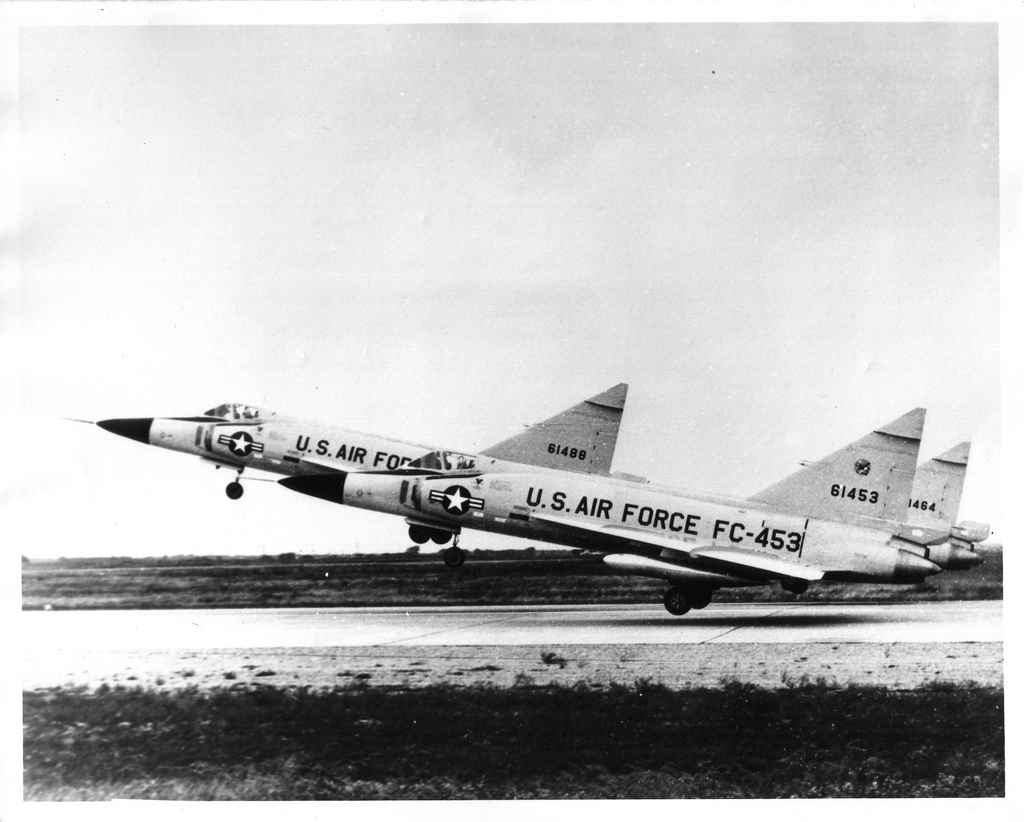 |
| Kincheloe AFB, Michigan. F-102 Deuce, Delta Dagger. |
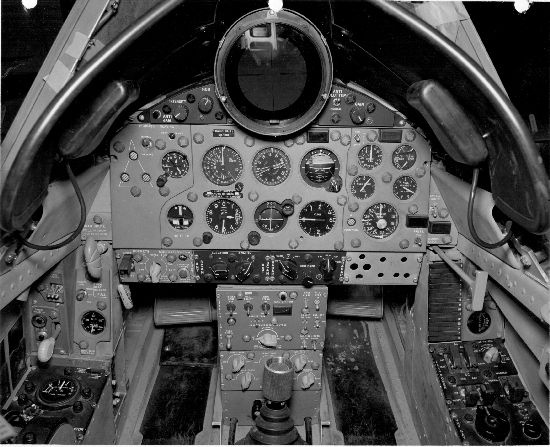 |
| F-102 Cockpit |
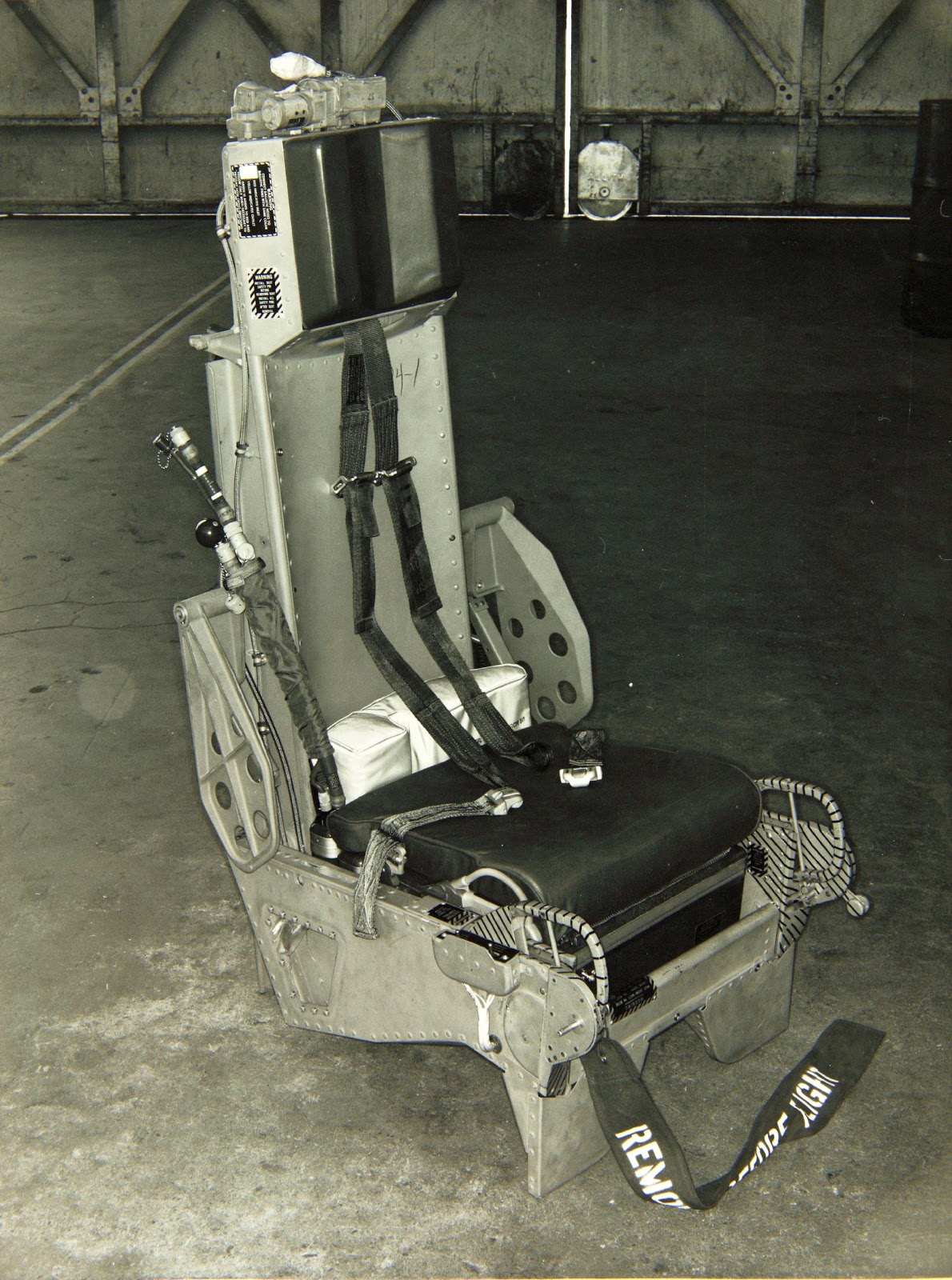 |
| F-102 Ejection Seat |
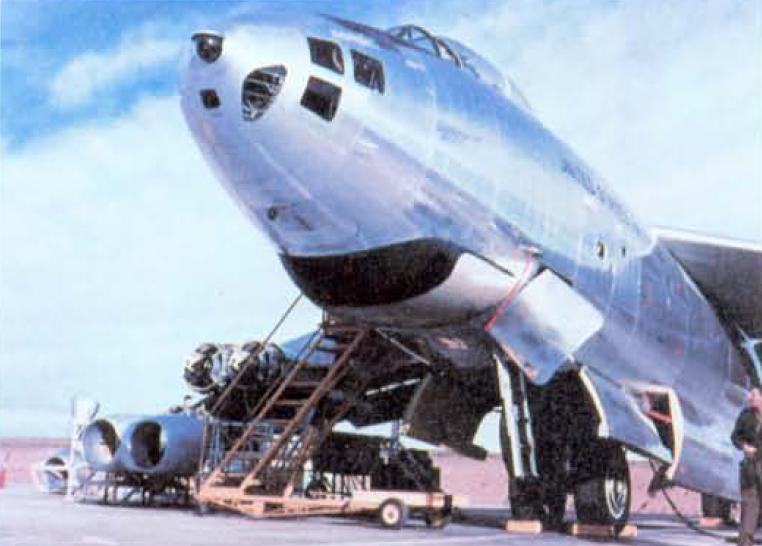 |
B-47E Stratojet - Tail # 51-7082
This is an earlier picture of the B-47E Lt Treu's F-102A cut in half. |
